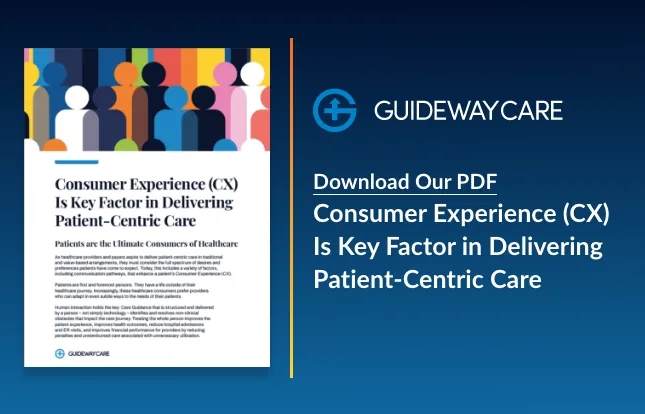6 Patient Engagement Strategies to Improve Outcomes and Reduce Costs

Engaging patients in their health care is critical to improving outcomes and reducing costs. According to a report by the World Health Organization, “engaged patients make better choices about their care, are more likely to follow treatment plans and take medications as prescribed, and are also more likely to be satisfied with their care.”
Gaps in healthcare may be due to a lack of engagement from patients and their families. It may result in patients feeling unheard, misunderstood, or unsupported.
Read more: 4 Strategies for Closing Gaps in Care.
By focusing on marketing strategies and patient engagement tactics that empower patients, you can improve outcomes and create a more efficient healthcare system for everyone involved.
Here are six patient engagement strategies that you can implement:
1. Connect with Patients and Families
When you create a bond with patients and their families, they are more likely to trust your recommendations and follow your care plan. Try some of these tips to connect with patients:
- Get to know them on a personal level
- Encourage family involvement in care
- Explain things in layman’s terms
- Make time for them during each visit
2. Tailor Communications to Patient Needs
Consider using patient portals or other digital tools to send targeted communications, such as appointment reminders, test results, and educational materials. You can also use these tools to collect patient feedback about their care experience.
Communicating with patients on their preferred platform—text, email, or phone—can also help ensure your message is heard loud and clear.
3. Encourage Shared Decision-making
This approach allows patients to be more involved in their care by providing information about their condition and treatment options. The strategy allows them to make more informed decisions about their care.
Shared decision-making has improved patient satisfaction, provider and patient communication, and treatment plan adherence.
4. Support Patient Activism
When patients get involved in their care, they tend to be more engaged and have better outcomes. Support patient activism by providing resources and information about how patients can get involved.
Patients can get involved by joining support groups, becoming patient advocate, or starting a health-related blog or social media page.
For example, patients seeking support and information about their condition can join an online support group. These groups provide a space for patients to share information, ask questions, and support each other.
Patient advocates are individuals who improve the healthcare system and make sure that patients’ voices are heard.
5. Promote Engagement in Clinical Trials
Clinical trials involve testing new treatments or preventive measures in humans to see if they are safe and effective. They are an essential step in developing new interventions.
There are multiple reasons why people might not participate in clinical trials, including lack of awareness, mistrust of the research process, and inconvenience. Promoting clinical trial awareness and participation can be challenging, but there are several ways to do it. One is to make information about trials more readily available, for example, by providing links on your website or including information in patient newsletters.
6. Leverage Technology
There are several technological tools available to help improve patient engagement. One option is to use text messaging reminders for appointments, medication, and other important health information. Another possibility is to create a patient portal where patients can access their medical records, schedule appointments, and contact their providers.
Contact Guideway Care for the best patient engagement program. Our team will be more than happy to discuss with you in more detail what we can do for your organization.
Contact Us Today To Learn How We Can Help
"*" indicates required fields




